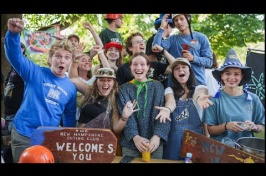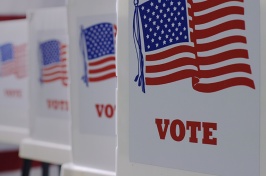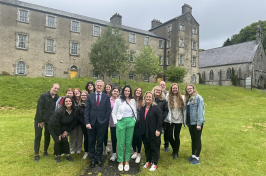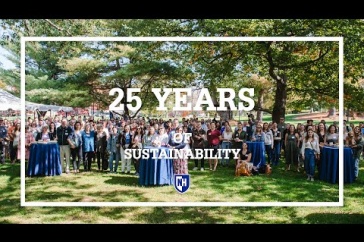
Why did Americans love the Beatles? Scholars have theorized that the band lifted the nation’s spirits after the death of JFK, a tragedy that “made us more receptive to the happy tumult the Beatles ushered in,” Candy Leonard ’96G writes in Beatleness: How the Beatles and Their Fans Remade the World (Arcade, 2014).
But first-generation fans of the group—those born roughly between 1945 and 1961—have their own ideas about why they loved listening to Sgt. Pepper’s Lonely Hearts Club Band, watching A Hard Day’s Night in movie theaters, and donning mop-top wigs in imitation of John, Paul, George and Ringo. Leonard gives their views fond and well-documented respect in this blend of memoir, sociology, and pop-cultural history that focuses on the years between the arrival of the Beatles in the United States in 1964 and Paul McCartney’s announcement that he was leaving the group in 1970.
Leonard interviewed hundreds of fans for a book that provides both close-up shots of individual lives—one college student called her poster-bedecked dorm room “Lennongrad”—and wide-screen views of Beatlemania. The Beatles, she found, seem to have had the greatest effect on fans born between 1953 and 1961, those who were preteens or younger when the group arrived and grew up with its music. The band’s “impact was less primordial” on Americans born between 1945 and 1952—adolescents or teenagers in 1964—in part because many had strong prior loyalties to Elvis or other rock stars. The Beatles also tended to affect male and female fans differently, the book notes, and its perceptive analysis of that divide at times challenges the conventional wisdom about the band: “Boys wanted to be them and girls wanted to be with them.”
Young Americans, Leonard says, loved the early Beatles for many reasons—not just for their unique musical sound but for their ability to challenge adults with a fresh-faced “intelligence, humor, charisma, and confidence” that lacked the bad-boy edge of stars such as James Dean. And Beatleness is at heart an affectionate portrait that shows why countless baby boomers—as they head for retirement—still count among their cherished belongings an original vinyl copy of The White Album.
Of Note

Bewildered
by Carla Panciera ’85,
University of Massachusetts Press, 2014.
Winner of the 2013 Grace Paley Prize in Short Fiction, this collection of short stories examines small world disruptions—mistimed infatuations, devastating diagnoses, the realizations inherent in loss.

All Eyes Are Upon Us
by Jason Sokol, assistant professor of history, Basic Books, 2014.
An unflinching look at the segregation and racism that continued to exist in the Northeast in the 1960s, despite the region’s long and celebrated history of racial equality and political liberalism.

Minds Made for Stories
by Thomas Newkirk, professor of English and director of the New Hampshire Literary Institutes, Heinemann, 2014.
Newkirk’s latest invites readers to imagine narrative as not just a type of writing but as the primary way we understand our world and ourselves.

Oil, Ice, and Bone—Arctic Whaler Nathaniel Ransom
by Helen Hiller Frink ’68, Peter E. Randall Press, 2014.
One whaler’s account of the 1871 ice trap—the worst whaling disaster in the history of the New England fleet.

One Man’s Family
by Sydney Williams ’63, Bauhan Publishing, 2014.
Williams’ musings evoke growing up the second of nine children on a Peterborough, NH, farm in the late 1940s and early 50s. While personal, these stories are a universal reflection on families and the effect genes and environment have on how we become who we are.
Originally published in UNH Magazine—Winter 2015 Issue
-
Written By:
Janice Harayda '70 | Communications and Public Affairs



















































